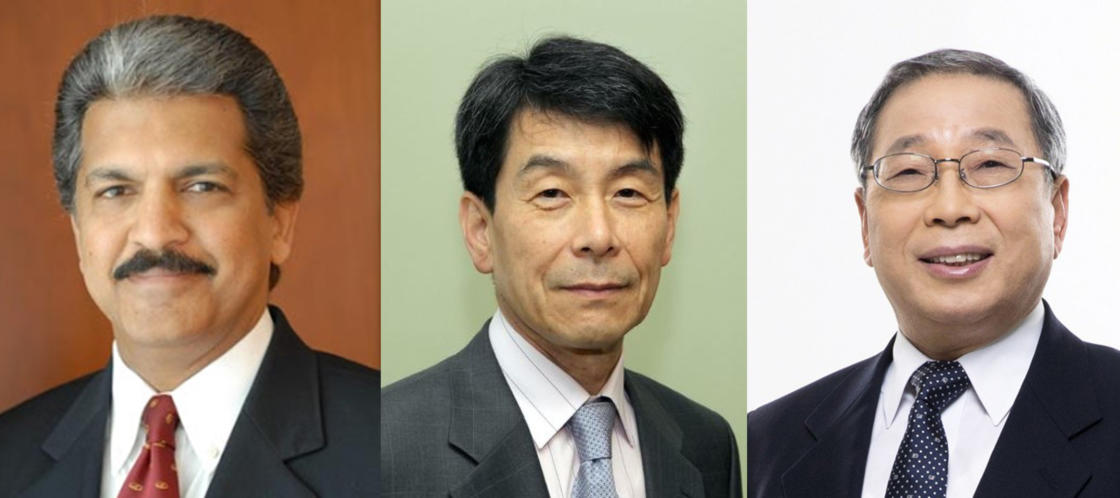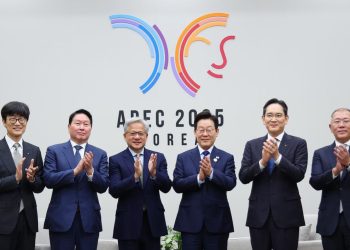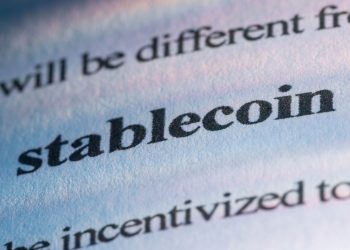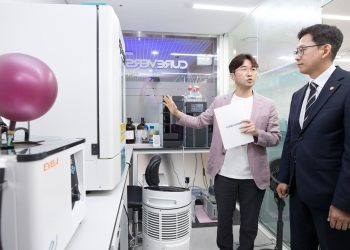Industry officials said on Wednesday that Mahindra & Mahindra faces increased demand to insert more capital into SsangYong Motor, at a time when the Korean car manufacturer sends out distress signals to local lenders amidst its declining bottom line.
Korea Development Bank (KDB) said it is in discussions with SsangYong Motor about extending the maturity of the company’s 100 billion won ($85.9 million) loan. From those loans, 30 billion won expires at the end of December while the remaining loan is due to be finished by February next year.
The demand came after the carmaker’s successive operating losses of 11 straight quarters. For this year’s third quarter, the company had an operating loss of 105.2 billion won ($90.3 million), which is almost six times the value of last year’s loss.
SsangYong has been seeking financial aid from the government and the state-run KDB, as its profits show no signs of recovering.
However, the state-run KDB and the government showed no interest so far, stating that the automaker’s largest stakeholder Mahindra & Mahindra, should first inject more funds into SsangYong before public funds could be considered.
A KDB official said, “In general, a company’s request for aid from the government should come after the company has come up with acceptable self-rescue plans and its largest stakeholder has done available measures.”
SsangYong and its labor union in September arranged to a rescue plan as a “pre-emptive measure to normalize its management,” cutting welfare programs for employees and decreasing the number of executives by 20 percent.
According to an industry official, the fourth largest car manufacturer in South Korea, asking for extra help from Mahindra is “one of the possible options” to keep itself afloat.
Mahindra & Mahindra acquired 70 percent of SsangYong Motor shares in 2010 for 522.5 billion won. The automaker has since then spent more than 1 trillion won for investments, while Mahindra ended up funding 50 billion won this year, and 80 billion won in 2013. Mahindra’s additional capital injection raised its stake to 74.65 percent in September.
“To my knowledge, Mahindra is also facing difficulties due to the slowing Indian economy,” an industry official said. “Also, additional capital injection or rights issuing can raise Mahindra’s stake in SsangYong excessively. This will reduce the number of SsangYong shares in the stock market significantly, and this is not good for a listed company.”
Though, industry officials said that Mahindra has several other options without increasing its shares, such as retiring treasury stock.
Jeong Il-gwon, SsangYong Motor’s union head, visited Mahindra headquarters earlier in December to discuss with executives about “strategies for SsangYong to survive in the long term.” As Mahindra and KDB face each other, the union head said it would reveal the content of the discussions later.
SsangYong Motor stated that the company, as “part of a routine,” requested an extension of the loan’s maturity and can repay the looming loans easily.
The car manufacturer said, “Also, it is true that we have been asking the government and the KDB for financial aid, but it was part of the company’s long-term development and future vehicle strategy, not a distress call to an imminent liquidity crisis.”







